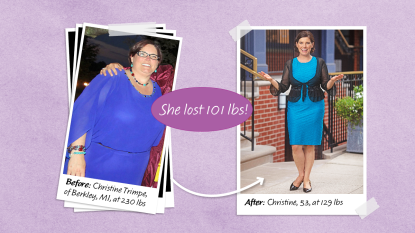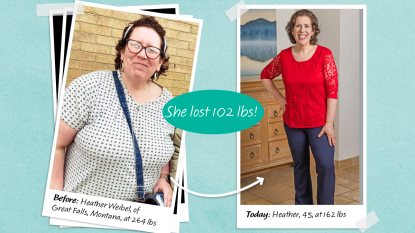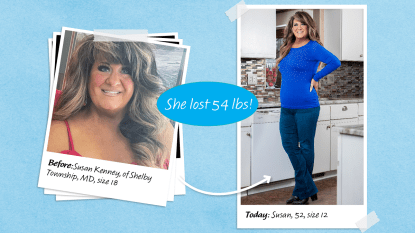How to Choose the Right Intermittent Fasting Diet For Your Lifestyle

With so many different ways to try intermittent fasting, it can be hard to know which one will suit you and your body best. With that in mind, we created a guide for choosing the right intermittent fasting diet for your lifestyle. Each method has its own benefits when it comes to losing weight and improving your metabolism, but before embarking on any sort of diet, speak to your doctor first to make sure it’s safe for you.
What is intermittent fasting?
Intermittent fasting changes the pattern in which we eat, rather than more conventional diets which change the contents of what we eat. Our ancestors would have likely lived on an intermittent fasting diet when meals weren’t as regular as they are these days or if food wasn’t readily available, so humans have grown to be able to live and function without food for extended periods of time.
Popular Intermittent Fasting Diets
5:2 — You’ve probably heard of the 5:2 method of intermittent fasting which involves eating as you normally would for five days of the week and then limiting yourself to 500 calories for women and 600 calories for men for the other two days of the week. This diet is also sometimes called the Fast Diet and was made popular by Dr Michael Mosley, journalist and author of The Fast Diet (Buy on Amazon, $9.79).
It’s totally up to you which days you choose to fast on, but many people choose to spread each day apart, fasting on a Monday and Thursday for example.
16/8 — This method of daily fasting, which you can read about in 16:8 Intermittent Fasting (Buy on Amazon, $20.03), is where you restrict your daily eating window to eight hours per day, and fast for the other 16 hours. During the eight hour period, you should be able to fit in your usual three meals if that’s what you normally have. Just be sure your meals are balanced and healthy.
Many people who do this diet often find the easiest way is to finish dinner at around 8 p.m., skip breakfast the next day, and then not eat until noon. During the fasting period, you can drink any zero-calorie drinks such as water and black coffee which might help you function, especially in the morning.
Alternate Day Fasting — The clue is in the name with this one along with the book The Alternate-Day Diet (Buy on Amazon, $16), and it involves fasting every other day. A full fast every other day is not recommended, especially for beginner fasters, so if you want to give this one a go, it’s probably best to limit yourself to 500 calories every other day on your fasting days. Obviously, this fasting diet is quite an extreme one and isn’t very sustainable in the long term.
Eat-Stop-Eat — This method as seen in The Ultimate Guide To Eat-Stop-Eat (Buy on Amazon, $9.99) is basically 24 hours of fasting at a time, twice a week. Depending on your preference you can fast from dinner to dinner, lunch to lunch or breakfast to breakfast, as long as you leave 24 hours between finishing one meal and starting the next.
Of course, you’re allowed any zero-calorie drinks on your fasting days, but no solid food for this one. Most people will find a 24 hour fast very difficult, but if you think this is one for you, it might be easier to start with a 16/8 fast and work yourself up from there.
Spontaneous Meal Skipping — You don’t always have to stick to a strict pattern or plan when it comes to intermittent fasting, you can always just skip the odd meal. This is ideal on those days when you’re not really hungry and you fancy skipping breakfast or lunch, and it’s also great for those days when you don’t have much time to eat or you don’t know what you fancy. This one is good for those who want ease their way into fasting.
How does it affect your body?
According to a number of studies, there are several things happen in your body when you fast. With all the different changes going on in our bodies because of the intermittent fasting, many experts and studies have suggested fasting can help us lose weight, improve our metabolism and help our overall health.
Safety and Side Effects
Like with any new diet, it’s important to be aware of the side effects, especially if your body is used to regular meals. If you’re underweight, diabetic, have low blood pressure, are on medication, or have a history of any eating disorders, you should check with your doctor before changing your diet.
The main side effects you might experience from intermittent fasting are hunger, low energy levels, and weakness, but overall, if you’re a healthy, well-nourished individual, it’s fairly safe to do intermittent fasting.
This article originally appeared on our sister site, Yours.













